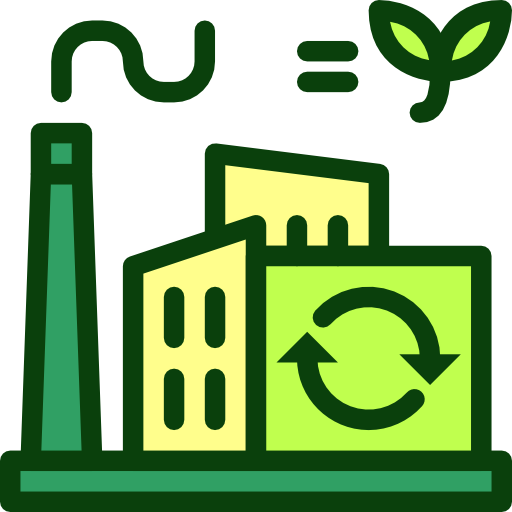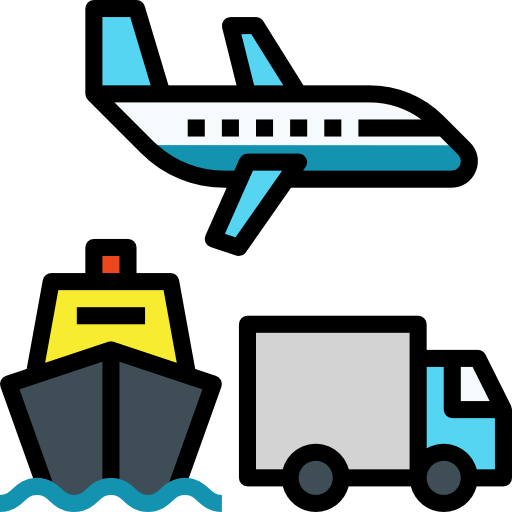Chile - Geography

Here, let us take a look at the Geography of Chile. note 1: Chile is the longest country north-to-south in the world, extending across 39 degrees of latitude
note 2: Chile is one of the countries along the Ring of Fire, which is a belt bordering the Pacific Ocean that contains about 75% of the world's volcanoes and up to 90% of the world's earthquakes
note 3: the Atacama Desert in the north of Chile is the driest desert in the world; Ojos del Salado (6,893 m) in the Atacama Desert is the highest active volcano in the world, Chile's tallest mountain, and the second-highest in the Western Hemisphere and the Southern Hemisphere; the volcano's small crater lake is the world's highest lake at 6,390 m. Mother's mean age at first birth is (), whereas, the Maternal mortality ratio is 10 deaths/100,000 live births (2023 est.)
Geographical data of Chile
| Location | Southern South America, bordering the South Pacific Ocean, between Argentina and Peru |
|---|---|
| Geographic coordinates | 30 00 S, 71 00 W |
| Map references | South America |
| Tarrain | low coastal mountains, fertile central valley, rugged Andes in east |
| Natural Resources | copper, timber, iron ore, nitrates, precious metals, molybdenum, hydropower |
| Natural Hazards | severe earthquakes; active volcanism; tsunamis volcanism: significant volcanic activity due to more than three-dozen active volcanoes along the Andes Mountains; Lascar (5,592 m), which last erupted in 2007, is the most active volcano in the northern Chilean Andes; Llaima (3,125 m) in central Chile, which last erupted in 2009, is another of the country's most active; Chaiten's 2008 eruption forced major evacuations; other notable historically active volcanoes include Cerro Hudson, Calbuco, Copahue, Guallatiri, Llullaillaco, Nevados de Chillan, Puyehue, San Pedro, and Villarrica; see note 2 under "Geography - note" |
| Irrigated Land | 9,094 sq km (2022) |
| Major rivers (by length in km) | |
| Major aquifers | |
| Land Boundaries | 7,801 km |
| Border Countries | Argentina 6,691 km; Bolivia 942 km; Peru 168 km |
| Coastline | 6,435 km |
| Climate | temperate; desert in north; Mediterranean in central region; cool and damp in south |
| Area | |
| Total Area | |
| Land Area | 743,812 sq km |
| Water Area | 12,290 sq km |
| comparative Area | slightly smaller than twice the size of Montana |
| Maritime Claims | |
| Territorial sea | 12 nm |
| Contiguous zone | 24 nm |
| Exclusive economic zone | 200 nm |
| Continental shelf | 200/350 nm |
| Elevations | |
| Highest point | Nevado Ojos del Salado 6,893 m (highest volcano in the world) |
| Lowest point | Pacific Ocean 0 m |
| Mean elevation | 1,871 m |
| Land Use | |
| Agricultural land | 14.3% (2022 est.) |
| Agricultural land: arable land | arable land: 1.7% (2022 est.) |
| Agricultural land: permanent crops | permanent crops: 0.7% (2022 est.) |
| Agricultural land: permanent pasture | permanent pasture: 11.8% (2022 est.) |
| Forest | 24.8% (2022 est.) |
| Other | 60.9% (2022 est.) |
Population Distribution
90% of the population is located in the middle third of the country around the capital of Santiago; the far north, including the Atacama Desert, and the extreme south are relatively underpopulated
People and Society
In Chile, the different Ethnic groups are such that we have: White and non-Indigenous 88.9%, Mapuche 9.1%, Aymara 0.7%, other Indigenous groups 1% (includes Rapa Nui, Likan Antai, Quechua, Colla, Diaguita, Kawesqar, Yagan or Yamana), unspecified 0.3% (2012 est.)
| Population | |
|---|---|
| Pop growth rate | 0.61% (2024 est.) |
| Birth rate | 12.4 births/1,000 population (2024 est.) |
| Death rate | 6.6 deaths/1,000 population (2024 est.) |
| Health expenditure | |
| Physicians Density | |
| Hospital bed Density | 2 beds/1,000 population (2021 est.) |
| Total fertility rate | 1.75 children born/woman (2024 est.) |
| Gross reproduction rate | 0.85 (2024 est.) |
| Contraceptive prevalence rate | |
| Est married women (ages 15-49) | 46.3% (2023 est.) |
| Literacy | |
| Education expenditures | |
| Net Migration rate | 0.3 migrant(s)/1,000 population (2024 est.) |
| Nationality | Chilean | Chilean(s) |
| Languages | |
| Religions | Catholic 57%, none 25.7%, Evangelical or Protestant 16.2%, other Christians and traditions related to Christ 1.3%; less than 1%: Buddhist, Catholic Orthodox, Church of Jesus Christ of Latter-Day Saints, Islam, Judaism, other religions, no religion (2024) |
| Age Structure | |
| 0-14 years | 19.2% (male 1,822,908/female 1,751,528) |
| 15-64 years | 67.3% (male 6,274,620/female 6,278,467) |
| 65 years and over | 13.6% (2024 est.) (male 1,072,208/female 1,464,921) |
| Dependency Ratios | |
| Total dependency ratio | 44.9 (2024 est.) |
| Youth dependency ratio | 24.8 (2024 est.) |
| Elderly dependency ratio | 20 (2024 est.) |
| Potential support ratio | 5 (2024 est.) |
| Median Age | |
| Total | 36.9 years (2024 est.) |
| Male | 35.8 years |
| Female | 38.2 years |
| Urbanization | |
| Urban population | 88% of total population (2023) |
| Rate of urbanization | 0.78% annual rate of change (2020-25 est.) |
| Major urban areas (Pop) | 6.903 million SANTIAGO (capital), 1.009 million Valparaiso, 912,000 Concepcion (2023). |
| Sex Ratio | |
| At birth | 1.04 male(s)/female |
| 0-14 years | 1.04 male(s)/female |
| 15-64 years | 1 male(s)/female |
| 65 years and over | 0.73 male(s)/female |
| Total population | 0.97 male(s)/female (2024 est.) |
| Infant Motality | |
| Total | 6.3 deaths/1,000 live births (2024 est.) |
| Male | 6.9 deaths/1,000 live births |
| Female | 5.7 deaths/1,000 live births |
| Life Expectancy at birth | |
| Total population | 80.3 years (2024 est.) |
| Male | 77.3 years |
| Female | 83.3 years |
| Drinking Water Sources | |
| Improved: urban | urban: 100% of population (2022 est.) |
| Improved: rural | rural: 100% of population (2022 est.) |
| Improved: total | total: 100% of population (2022 est.) |
| Unimproved: urban | urban: 0% of population (2022 est.) |
| Unimproved: rural | rural: 0% of population (2022 est.) |
| Unimproved: total | total: 0% of population (2022 est.) |
| Sanitation facility acess | |
| Improved: urban | urban: 100% of population (2022 est.) |
| Improved: rural | rural: 100% of population (2022 est.) |
| Improved: total | total: 100% of population (2022 est.) |
| Unimproved: urban | urban: 0% of population (2022 est.) |
| Unimproved: rural | rural: 0% of population (2022 est.) |
| Unimproved: total | total: 0% of population (2022 est.) |
| Alcohol consumption per capita | |
| Total | 7.8 liters of pure alcohol (2019 est.) |
| Beer | 2.76 liters of pure alcohol (2019 est.) |
| Wine | 2.61 liters of pure alcohol (2019 est.) |
| Spirits | 2.43 liters of pure alcohol (2019 est.) |
| Other alcohols | 0 liters of pure alcohol (2019 est.) |
| Tobacco use | |
| Total | 26.2% (2025 est.) |
| Male | 28.4% (2025 est.) |
| Female | 24.1% (2025 est.) |
Demographic profile
All Important Facts about Chile
Want to know more about Chile? Check all different factbooks for Chile below.









